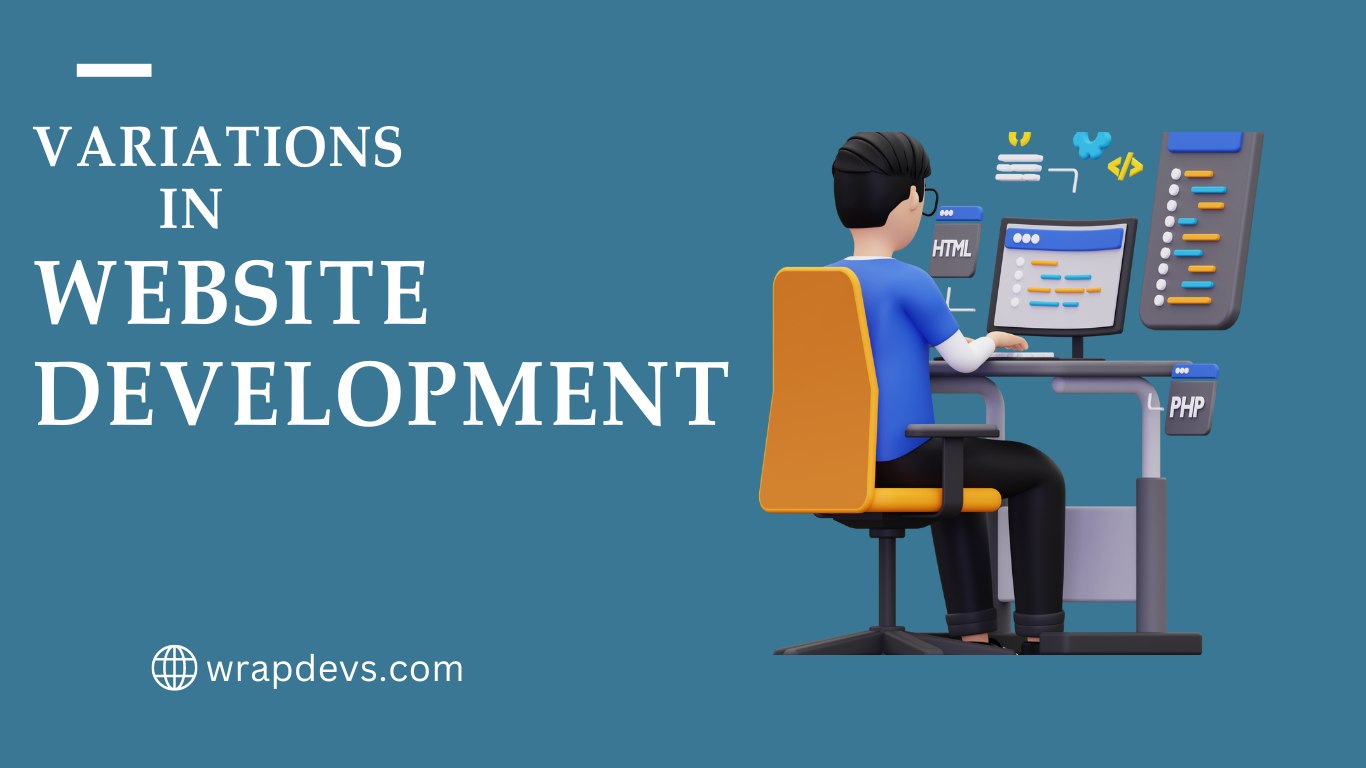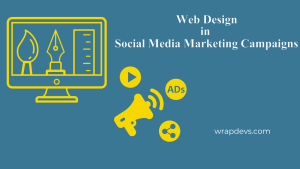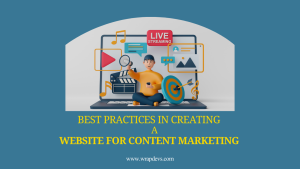
From being integrated into our digital ecosystem, developing websites nowadays enables one to create web presence for businesses and individuals alike. There is a wide world of website development-from simple blogs all the way to complex e-commerce sites. This article reviews some of the major types of website development, going deep into key features, technologies, and best practices in each.
Types of Website Development
Not all web applications can be developed using the same strategy. The strategy to adopt depends on the purpose, target audience, and complexity of a web application. These are some of the major types of web development and ways to develop them:
1. Static Websites
A static website is made of static contents that do not change dynamically. Such websites normally are developed with basic HTML and CSS and are ideally used for publishing contents that rarely need being updated.
Key Features:
– Content is static and does not change unless it is updated manually.
– Light, fast to load.
– Best used on small websites, portfolios, or personal blogs.
Technologies Used:
– This includes structuring with HTML and designing with CSS.
– This does not require any server-side scripting or usage of databases.
Pros:
– Faster development and cheaper.
– Low maintenance, minimal server cost.
Cons:
– Not interactive.
– Any change in content needs to be updated manually.
2. Dynamic Websites
The contents of dynamic websites are ever-changing, based on the user’s interaction or preference, or with time. In developing this type of website, consideration of both front-end and back-end has been taken in order for it to manage its content dynamically.
Key Features:
– Content can be stored in a database and updated automatically.
– Users can interact with the website; for example, using forms and creating accounts.
– Mostly used for blogs, news websites, and social media.
Technologies Used:
– Front-End: HTML, CSS, JavaScript.
– Back-End: PHP, Python, Ruby or Node.js.
– Databases such as MySQL or MongoDB.
Pros:
– More interactive.
– Content is easily refreshed through a CMS (Content Management System).
Cons:
– More complicated and expensive to build.
– Has to be continually maintained and updated.
3. E-Commerce Websites
An e-commerce website allows businesses to sell products or services online. Such sites need to handle product listings, shopping carts, payments, and user accounts in a secure manner.
Features Included: System integrations include shopping cart integration and payment gateway integration. Product catalog/inventory management along with customer reviews. Ensuring secure, safe payment processing along with user authentication. Technologies Used Frontend: HTML, CSS, JavaScript, React, or Angular. Backend: PHP, Python, Nodejs, or Ruby on Rails. Databases: MySQL, PostgreSQL. Integrating with payment gateways: Stripe, PayPal. Pros Provided the facility of online business around the clock.
– Features customizable by the type of business – hard, soft, or subscription-based goods.
Drawbacks:
– Highly demanding in development and security.
– Continuously needs updates, security patches, and scalability management.
4. Content Management Systems (CMS)
A CMS-based website will let a non-tech-savvy user create, edit, and manage content without writing code. Among the popular CMS are WordPress, Joomla, and Drupal.
Key Features:
– User-friendly dashboard for content management.
– Pre-built themes and plugins for customization.
– Suitable for: blogs, corporate websites, news portals.
Features and Technology Used:
– Front-end: pre-built themes based on HTML, CSS, JavaScript.
– Back-end: PHP, MySQL for WordPress, or other language-specific frameworks.
Pros:
– Easy for the non-developer to manage.
– Thousands of available plugins and themes to enhance functionality.
Cons:
– Can be slow if too many plugins are used.
– Customizations are limited to a non-developer level unless with deep technical knowledge.
5. Single-Page Applications (SPAs)
A Single-Page Application (SPA) is a web application that loads only one HTML page and then dynamically updates that page as the user interacts with the application. This kind of website offers an experience closer to the native app; in fact, it often feels faster and easier to use.
Main Characteristics:
load of one page only decreases the future load times of subsequent interactions.
Loading data is done asynchronously without full-page refreshes.
– Generally used in social media platforms, email clients, and dashboards.
Technologies Used:
– JavaScript frameworks such as React, Vue.js, or Angular.
– APIs for communication with a server (REST or GraphQL).
Advantages:
– Faster and more responsive user experience.
– Best fit for web applications where the user interacts heavily.
Disadvantages:
– More complicated to make compared to traditional multi-page websites.
– Might need SEO adjustments to make it visible.
6. Progressive Web Apps (PWAs)
Overview: PWAs represent a middle ground between a website and a mobile application. They offer native app-like experiences from within the browser and can support complete offline functionality, making them a robust option for companies wanting to reach mobile customers without developing native apps.
Key Features:
– Can work offline or on low network conditions
– Send push notifications and run background sync
– Can be installed to users’ devices directly from the browser
Technologies Used:
HTML, CSS, and JavaScript are for the front-end, whereas service workers allow for offline functionality and push notifications. APIs (Application Programming Interfaces) are also handy in data synchronization across devices.
Advantages:
– There is no need to publish applications on the stores because the user will still get a native experience in the apps.
– The cost of developing an application will be way lesser as compared to building web and mobile applications.
Disadvantages:
– Some of its features have limited browser support though this improves with time.
– Caching and offline functionality needs good planning in advance.
7. Enterprise Websites
Enterprise websites are big, complex sites destined for large businesses, organizations, and institutions. Many of them need very high levels of security, performance, and scalability because they have to handle considerable traffic and a lot of data.
Key Features:
– Large-scale database management.
– Integrations with third-party software custom built, such as CRM or ERP.
– High security and performance optimization.
Technologies Used:
– Front-End: Often, UI/UX is custom-built with the help of HTML, CSS, and JavaScript.
Back-End: Extensible frameworks such as Java, .NET, or Python.
Cloud-based hosting solutions: AWS, Azure.
Advantages:
Fully featured, customizable, and expandable.
Can be tuned to complex business requirements.
Disadvantages:
Very expensive to develop and maintain since it is labor-intensive.
Requires a separate development team for continuous management.
8. Portfolio Websites
A portfolio website shows the work of either an individual or a company. It is quite popular among designers, photographers, artists, and writers who wish to show their projects in a beautiful format. It is also gaining popularity among freelancers.
Key Features:
– Galleries of images, videos, and descriptions of projects.
– A focus on design aesthetics and user experience.
– Simple contact forms or inquiry systems.
Technologies Used:
– Front-End: HTML, CSS, and JavaScript for custom designs.
– Back-End: PHP or Node.js if interactivity or content management is desired
Pros:
– Cheap to develop and straightforward to do so.
– Ideal for personal branding and expressing oneself creatively.
Cons:
– Not particularly functional for anything beyond content presentation.
– The portfolio could need updating somewhat regularly.
Conclusion
Website development has a number of directions depending on the purpose and task to be solved. From simple static sites up to the interactive web application, such flavors of development allow businesses and people effectively create their online presence. This knowledge of the options will provide proper decision-making on the selection of the right tool for your website project and help ensure that your website is well-rounded, functional, and user-friendly.



